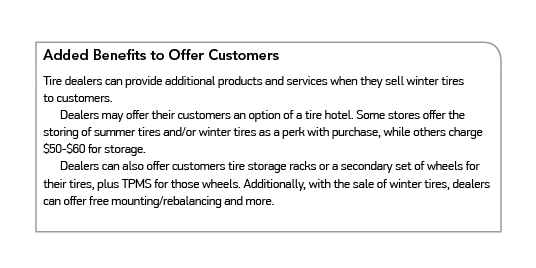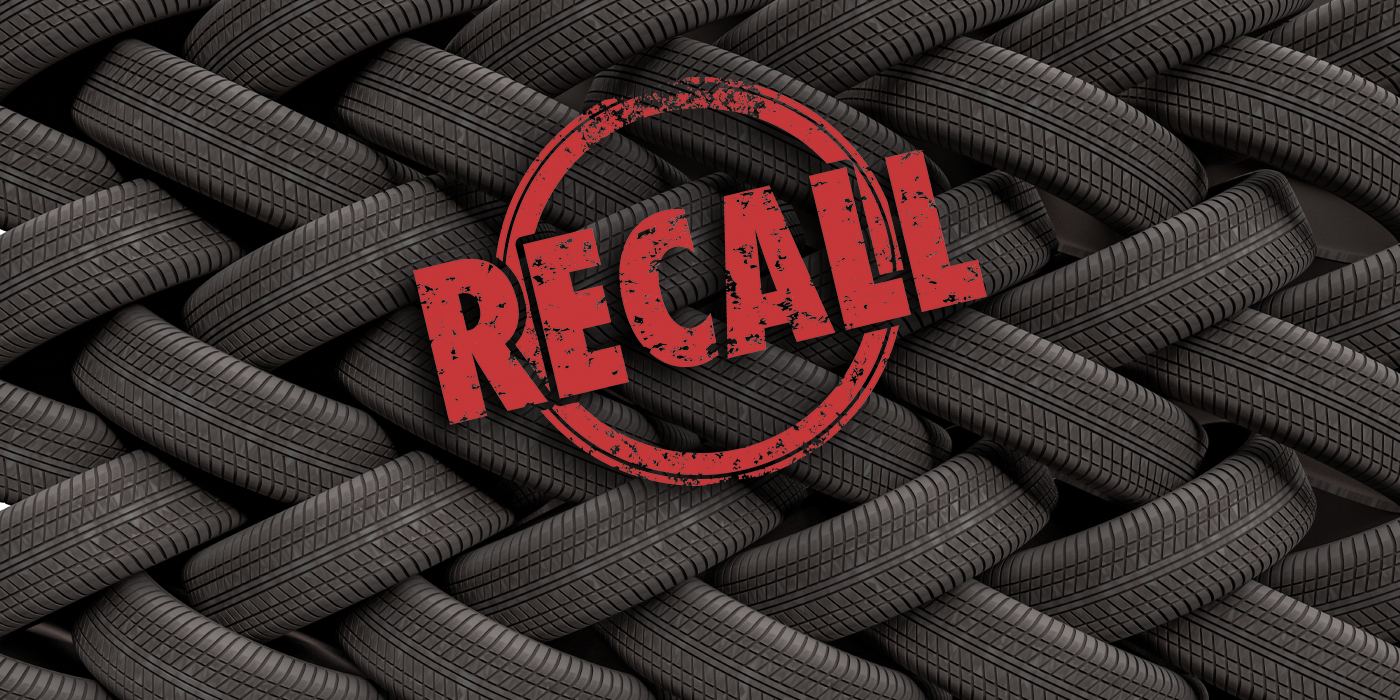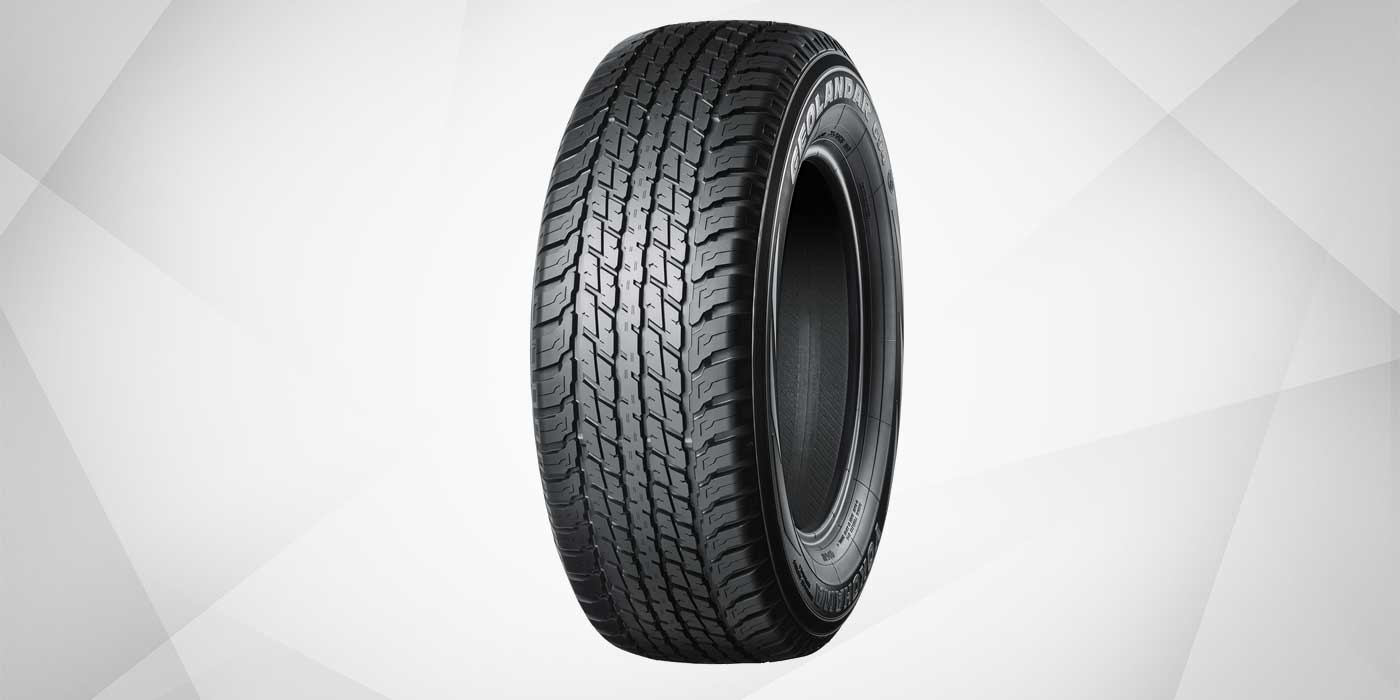
Winter is wrapping up in most of the country; temperatures are rising and plants are beginning to bloom. This change of seasons is the perfect opportunity to think about next winter. While spring seems a strange time to be thinking about snow and ice, it’s the best time for dealers to look ahead.
Steve Bourassa, director of products and pricing at Nokian Tyres, shares that dealers need to get a jump on the next winter season as soon as the current one concludes.
“Larger dealers or distributors with direct relationships with manufacturers should start to review their carryover situation and start to determine their needs for the following winter season as soon as the winter selling season is over,” he says.
Justin Hayes, product manager at Bridgestone Americas agrees. He notes that many orders for the next winter season come early in the year.
“Because winter tires are so seasonal, we do plan for them all throughout the year,” Hayes says. “In general, dealers put winter tire forecasted orders in pretty early in the year. I think as an industry, we get a lot of late first quarter, early second quarter, orders.”
Figuring how much inventory to stock can be difficult for dealers, as winter tire sales tend to be weather related. To help determine next year’s inventory needs, tire dealers can look at past history or seek help from their tire manufacturers’ sales reps.
It’s also important to remember the selling window for winter tires is short. Consumers tend to need winter tires at the moment they ask for them, so dealers need to plan their inventory carefully.
“Independent tire dealers and service centers should be finishing up summer holidays by reviewing the winter tire programs available to them,” advises Bourassa. “They should set aside as much inventory space as their buildings will allow so they can carry popular sizes of winter tires. Quick turnaround for vehicles with the most popular sizes will help to grow sales.”
Educating the Customer
In the U.S., myths and lack of education attributes to lower winter tire adoption than in other regions. In fact, despite the population of the U.S. equaling nearly nine times that of Canada, the winter tire market in the United States is roughly the same size as the winter tire market in Canada.
“We really need to put a big focus on educating both the dealers and drivers in terms of the benefits of tires, winter tires, to help grow the category more,” shares Bridgestone’s Hayes. “While all-season tires are designed to perform in all seasons and all different conditions, winter tires are optimized for performance in wintry conditions, both from a snow and ice as well as a temperature perspective. “
Mild winters have also hindered consumers’ winter tire demands.
“The past two mild winters have decreased the overall discussion that consumers are willing to have about winter tires. Shorter winter seasons are leading consumers to believe that they can get through the winter season without using winter tires. Unfortunately, this often results in drivers forced to drive through a surprise winter storm with tires that are not equipped for the conditions,” says Nokian’s Bourassa.
So what are some of the biggest winter tire myths and areas where consumers need to be educated?
Myth 1: All-season tires are “good enough.”
“Using all-season tires year round can create traction problems in areas that frequently have snow- or ice-covered roads and have near or sub-freezing temperatures for long stretches,” says Bob Abram, Yokohama Tire Corp.’s product planning manager of consumer tires.
Nokian’s Bourassa agrees.
“Most all-season tires are actually designed to perform best in temperatures above 40 degrees Fahrenheit which translates to spring, summer and fall in most of North America. Winter tires are the best option in areas that experience snowy, slippery conditions,” he says.
A new offering in the industry, and a new compromise between all-season and winter tires, are all-weather tires. These tires are marketed as all-season tires with advanced winter capabilities.
Myth 2: I have AWD/4WD, so I don’t need winter tires.
“AWD or 4WD can be beneficial for getting your vehicle in motion, but it’s not beneficial when trying to turn or stop, which is arguably a tire’s most important function,” shares Yokohama’s Abram.
Myth 3: You only need winter tires on the drive axle.
“Driving a vehicle with winter tires only on the drive axle is dangerous, as the front and the rear of the vehicle will have dramatically different traction capabilities making the vehicle much more difficult to control,” Abram says.
In order to sell the importance of winter tires, dealers should ask customers about his or her past experience driving in wintery conditions. Some examples of questions to ask include: were the tires getting good traction or slipping; and was the steering responsive?
“Once a dealer knows what sort of issues their customers are dealing with on snowy and icy roads, they can explain the benefits of fitting the vehicle with winter tires,” Bourassa says.
Dealers looking for more information to educate their customers about winter tires can visit different tire manufacturer websites.

Technology
Tire dealers have a lot on influence on consumers when it comes time to buy tires, so it’s important for sales people to understand the benefits of winter tires and the technology behind these benefits.
When it comes to the latest technology used in winter tires, manufacturers continue to focus on compound enhancements that allow the rubber to remain pliable in cold temperatures. Tiremakers are also introducing new construction features that help the tire get as much contact area as possible on the road’s surface in wet, dry, icy and slushy conditions.
“The impactful new technologies are in compounds, tread and block design. It’s no longer enough for a compound to be merely more flexible in cold temperatures. The best winter compounds now add better wear capabilities and less trade-offs in warmer temperatures to make the beginning and end of the winter season more driver friendly,” says Yokohama’s Abram.
One feature common in winter tires are “biting edges.” These edges allow more snow to accumulate on the tire, increasing traction.
“A lot of drivers have the misconception that for best traction in snow, you want the tread pattern to remain clean, clean and clear,” shares Bridgestone’s Hayes. “In reality, if you think about if you’re going to make a snowman, you make a little snowball, you put it on the ground, and you start rolling it, and it gets bigger and bigger and bigger because snow sticks to snow. That’s kind of a visual showing the mechanism for traction in snow.”
“In a winter tire, there are a lot more cuts and biting edges. What that does is it helps dig into the snow and retain snow in the contact area as the tire rolls, to give you that snow-on-snow traction,” he continues.
Another “technology” utilized by winter tires is studs. Dealers should also pay close attention to what type of winter weather their area gets to best suggest studless versus studded winter tires to their customers. Different regions within both the U.S. and Canada also have legislation regarding the use of studded winter tires. Dealers should defer to their state/regional jurisdictions for more information.
“Studded tires are safest for drivers in severe winter areas and provide the best traction on snow and ice,” says Nokian’s Bourassa. “If you drive frequently on icy roads, studded tires are the choice for you. Studded tires are especially suitable if you live near the coast where roads tend to ice over during winter months and in rural areas where road maintenance might not be as quick to clear the roads,”
Both Bridgestone’s Hayes and Yokohama’s Abram note, however, that technology has evolved where studless tires are almost equal to studded tires on ice.
“Studless tires have advanced to the point that they are equal to studded tires in almost every way, and exceed studded tire performance in many ways,” Abram says.













